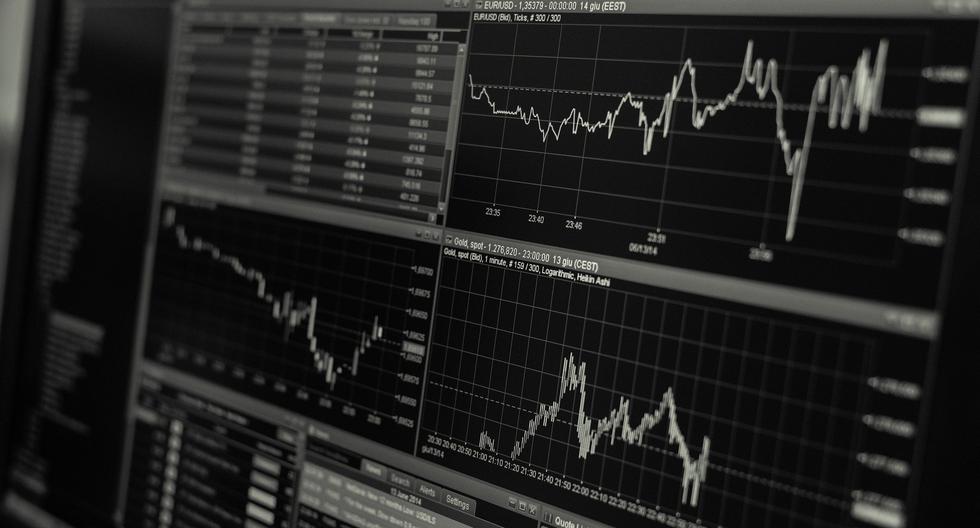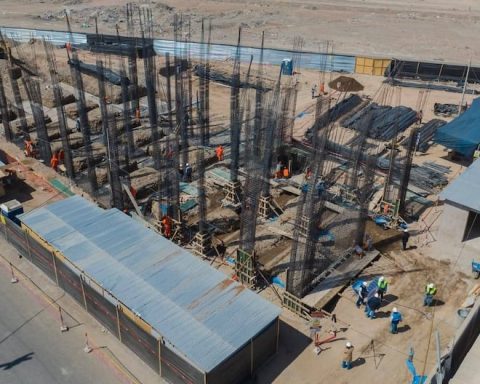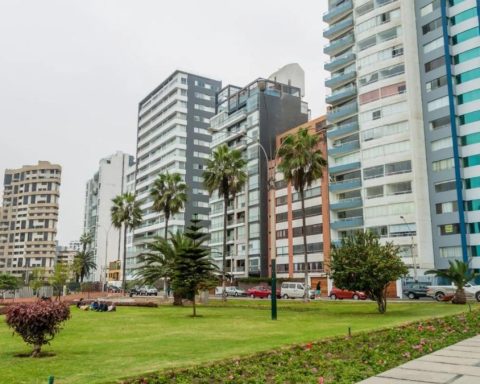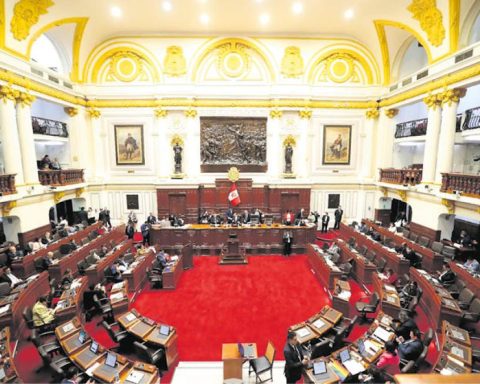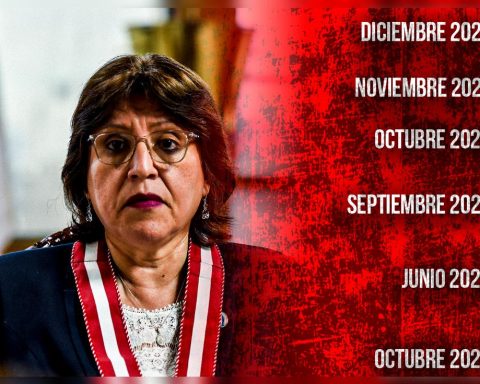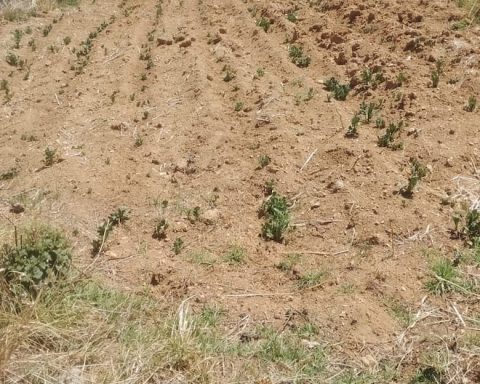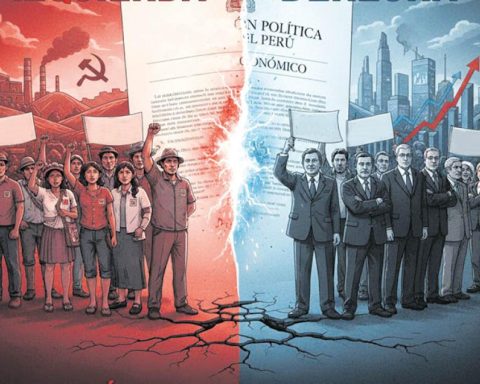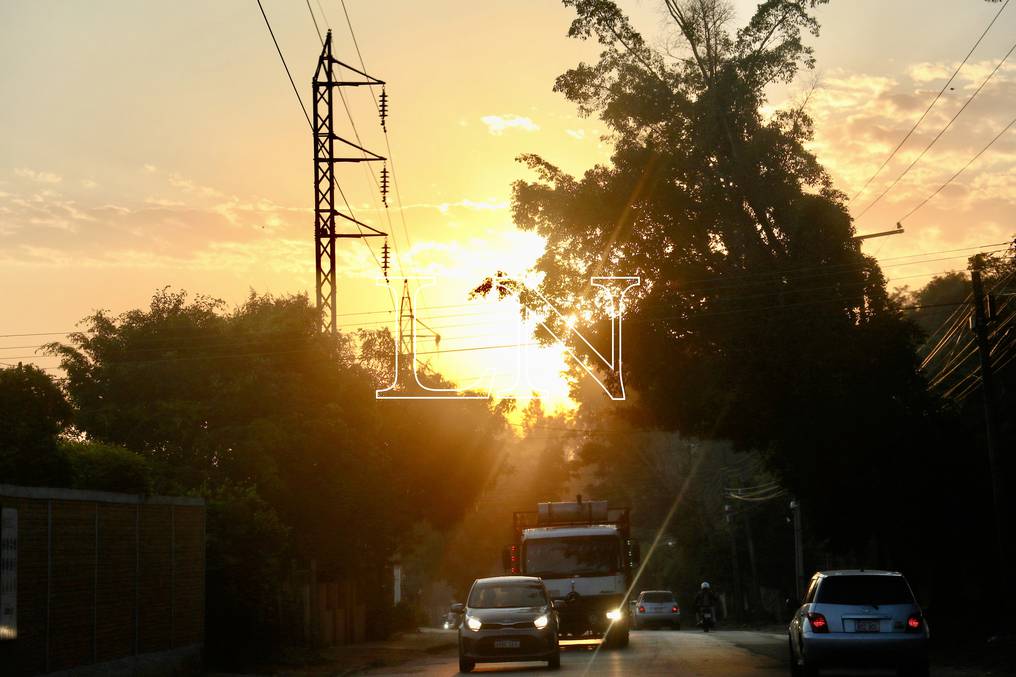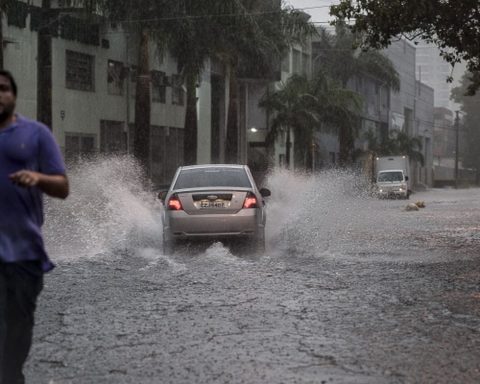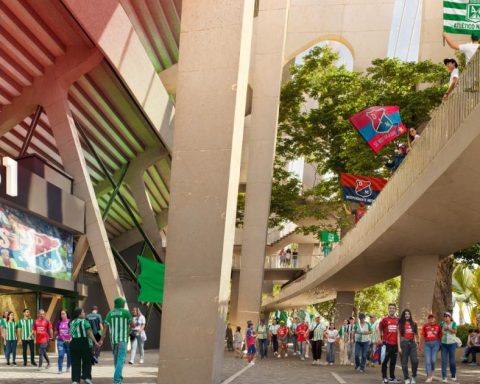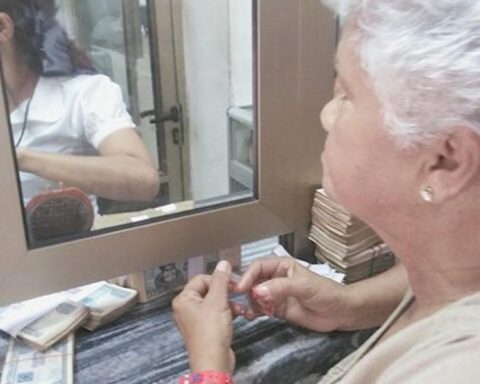In the last report of Inflation of September, the Central Reserve Bank (BCR) revealed that year-on-year inflation in Peru fell to 8.4% in August and the annual variation is projected to increase to 7.8% by the end of 2022. Along these lines, the entity estimates that private investment will have zero growth this year and 1.8% in 2023, due to weakened business confidence and a lower drive from self-construction.
For Adriana Cuéllar -country manager of Libertex-, the perspective is not so discouraging towards the end of the year. “As usually happens in the Peruvian economy and the rest of the world, public and private investment tends to pick up in the last months of the year. For example, in Peru, the Christmas campaign will generate movement of capital, thanks to the increase in consumption. Despite the setbacks we have experienced, let us trust that consumer habits will prevail”, he maintains.
However, the specialist explains that, both globally and nationally, inflation will play an important role, given that the amount of money is not worth the same as it was a year ago.
LOOK: Inflation 2022: Which products rose the most in price in September?
Regarding inflation in our country, Cuéllar indicates that although the BCR’s June report indicated an upward trend, at present, inflation would be giving way a little and would remain moderate. “International conflicts, the strengthening of the dollar in the US (after the latest FED decision) and the ‘bottlenecks’ in the supply of goods and services will maintain a moderate trend of increased inflation”, he expresses.
Expectations on economic activity for the end of 2022
The BCR has had an active position on monetary policy to guarantee the return of inflation to the target range in the projection horizon. Although inflation has continued to rise in our country, the scenario could have been even more negative. “The role of the BCR is transcendental to maintain the stability of our currency. I believe that there is an ecosystem of trust for investment, in relation to monetary stability in Peru, thanks to the responsible management of our currency, despite everything”, highlights the specialist.
Regional and municipal elections: what can we expect from the investments?
An electoral situation always causes uncertainty, both for investors and consumers. Regarding this, Cuéllar comments that although this uncertainty is greater in presidential elections -since it directly impacts the exchange rate and the stock market-, it should not be taken lightly. “It is valid to remember that the execution of the public budget is key to economic recovery. That is why the municipal and regional analysis should be done region by region, since each one is autonomous and has a different political reality. However, due to the culmination of one administration and the beginning of another, investment by the regions (at the end of the year) may not be as expected, nor the most efficient.”, he points.
In general terms, Adriana Cuéllar points out that Peruvians must be cautious. “We find ourselves facing a ‘grey’ scenario that gives us the feeling that we are not growing. We do grow, only very slowly; not only because of internal problems as a country, but because it is in a not so positive world economic context, with high prices. Therefore, it is convenient to look for different cost options in our main needs, save what you have or invest, in order to generate additional income.”, he points out.
RECOMMENDED VIDEO
:quality(75)/cdn.jwplayer.com/v2/media/1TL1qpD8/poster.jpg)
